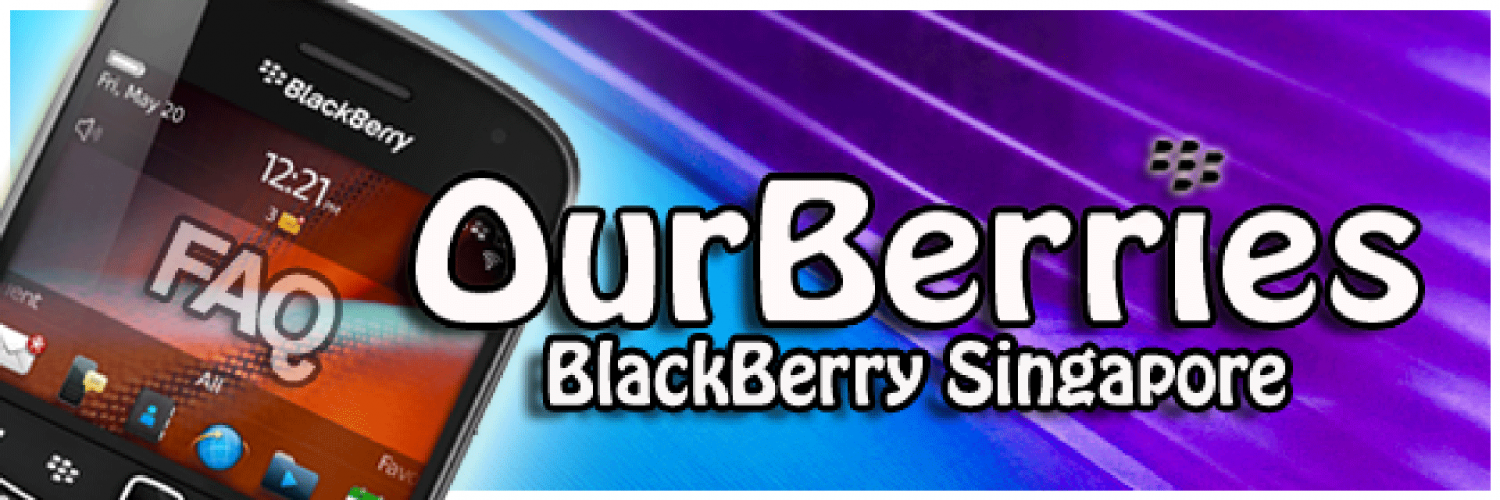BlackBerry introduced NFC’s in quite a few of our new BlackBerry devices, but what is it? With BlackBerry’s push for more NFC-enabled application and usage, it seems fair to conclude that NFC will play a significant role in time to come. From mobile payment to social networking, NFC will make things much more convenient for everyone.
Near field communication (NFC) is a set of standards for smartphones and similar devices to establish radio communication with each other by touching them into close proximity, usually no more than a few centimetres.
BlackBerry® devices that come equipped with a Near Field Communication (NFC) transceiver enable an application to interact with smart tags, smart accessories, and other NFC-enabled devices. Smart tags typically contain small amounts of data that describe an object in the world, or refers to another data channel where a user can get more information.
NFC technology is designed to transfer small amounts of data over a short distance. Here are a few examples of what you can use smart tags to do:
- Provide a web address where a BlackBerry device user can retrieve more information about an advertisement on a smart poster, such as a movie or a coupon
- Provide pairing information for a Bluetooth accessory
- Provide identification information for a smart dock
So how does it work?
NFC connections always involves an initiator and a target; the initiator actively generates an RF field that can be used to power a passive target. Hence, this enables NFC targets to take very simple form factors such as tags, stickers, key fobs, or cards that do not even require batteries. On the other hand, if both devices are battery powered, NFC peer-to-peer communication is also possible.
NFC tags contain data and are typically read-only but may be rewriteable. They may be custom-encoded by their manufacturers or use the NFC specifications. These tags can securely store personal data such as debit and credit card information, loyalty program data, PINs and networking contacts, and other information. There tags currently offer between 96 and 4,096 bytes of memory.
Similar to proximity card technology (or EZ-link), near-field communication uses magnetic induction between two loop antennas located within each other’s near field, effectively forming an air-core transformer. It operates within the globally available and unlicensed radio frequency ISM band of 13.56 MHz. Most of the RF energy is concentrated in the allowed ±7 kHz bandwidth range in most cases. Theoretical working distance with compact standard antennas is up to 20 cm though the practical working distance is only about 4 centimetres
There are 2 modes for NFC, being passive or active mode. Passive communication mode where the initiator device provides a the main induction fields and the target device answers by modulating the existing field. In this mode, the target device may draw its operating power from the initiator-provided electromagnetic field, thus making the target device a transponder. The other mode, the active mode, occurs when both the initiator and target device communicate by alternately generating their own fields. A device deactivates its RF field while it is waiting for data. In this mode, both devices typically have power supplies.
Also, NFC devices are able to receive and transmit data at the same time. Thus, they can check for potential collisions if the received signal frequency does not match with the transmitted signal’s frequency.
Current devices sporting NFC:
- Blackberry Bold 9790
- BlackBerry Bold 9900/9930
- Blackberry Curve 9350/9360/9370/9380


